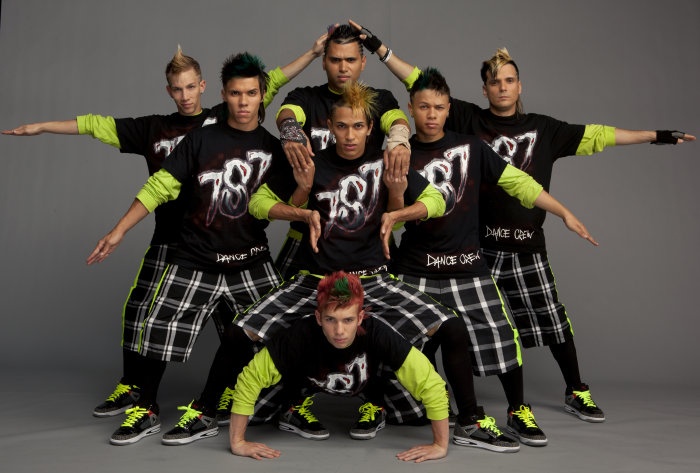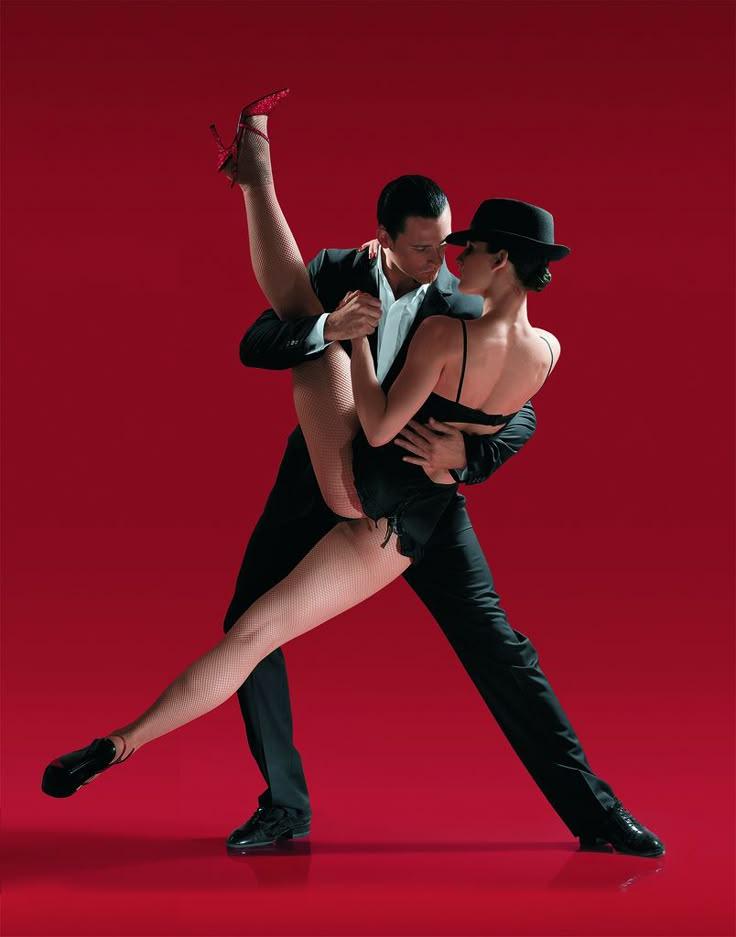How to wear saree for lavani dance
How to Wear Nauvari Saree for Lavani
Lavni is one of the most popular folk dances in Maharashtra. It has typical music and a set team that includes one or two main dancers, four to six supporting dancers – including a eunuch – and two or three musicians with the most important, dholki-wala – a percussion instrument player. Lavni songs are usually erotic and the costumes worn by the dancers are exotic. All dancers wear nine-meter sarees, called nauvari, which are worn in a typical manner.
Nauvari saree also used to be the traditional Maharashtrian dress worn by married and unmarried women, though for the past two generations, normal sarees had taken its place in the culture. However these days, ladies wear it for fashion in various functions and marriages and it looks really good!
Nauvari sarees can be made of cotton or silk or any other material, but what categorizes it as ‘nauvari’ is the way it is worn. While usual sarees require one to wear a petticoat underneath, nauvaris don’t. Petticoats are nothing but plain, full-length in-skirts that give a saree footing at the waistline. To keep the saree in place at the waist, one needs to tuck the saree inside a petticoat. However, in case of a nauvari saree, one does not need anything, but one can wear stretchable shorts or three-fourths inside for comfort. Here’s how you drape it:
- Wear a blouse but skip the petticoat, as the saree will be tied in trouser style. You can wear stretchable three-fourths inside if you wish.
- Identify the pallu as the one with heavy design or different colour, and keep it to your right side.
- Run the saree along your back so that one yard of the non-pallu end is to your left, while the rest of the saree is to your right.
- Tie a double knot at your navel so that there is 1 yard of untied saree to your left and rest of the untied saree to your right. (The knot shouldn’t be too tight, but should hold the saree in place all day long.)
- Let’s first deal with the untied yard-length saree on your left.
 Pick that end up and make 5 to 8 pleats along the breadth. (Pleats are nothing but folds. Making pleats takes practice as the pleats keep slipping through the fingers. Try to use your thumb to keep the pleats in place.)
Pick that end up and make 5 to 8 pleats along the breadth. (Pleats are nothing but folds. Making pleats takes practice as the pleats keep slipping through the fingers. Try to use your thumb to keep the pleats in place.) - Place your feet apart and pull these pleats from between your legs to the back and tuck them in at your waistline. (Ensure the saree doesn’t ride up your legs in this process.) This should give a pant-like structure to the saree covering your legs at the back. (Try to place the shiny border of the saree on top to make it visible, because it gives a nice look. But it’s ok if you can’t.)
- Now let’s turn to the untied saree at your right. Make six to eight pleats along the length close to the knot you tied at the navel.
- Tuck these pleats in, over the knot at the navel, so that the pleats are facing left. (While tucking the pleats in, make sure the saree falls an inch above the floor, or you’ll trip over it while walking.
 )
) - Spin the saree around your body in clockwise manner once.
- Hold up the pallu and make pleats along the breadth of it to be draped over your chest and left shoulder.
- Pin these pleats into your blouse at the left shoulder.
- Spread the rear end of the pleats over your chest.
The saree should now look like a normal Indian saree on the upper half of your body and like a multi-pleated pant around both your legs, with some more straight pleats covering the front space between your legs. At this stage, the draping of a nau-wari saree is complete. However, there’s a chance that the legs would ride up when you walk, or the pleats in the front get lose. So, as an extra safety measure, you could pin up the individual legs of the saree around your ankles and also put a pin on the pleats in the front. This will ensure that everything will remain in place even if you run or dance all day long in that saree.
Image Credits:
- https://www.
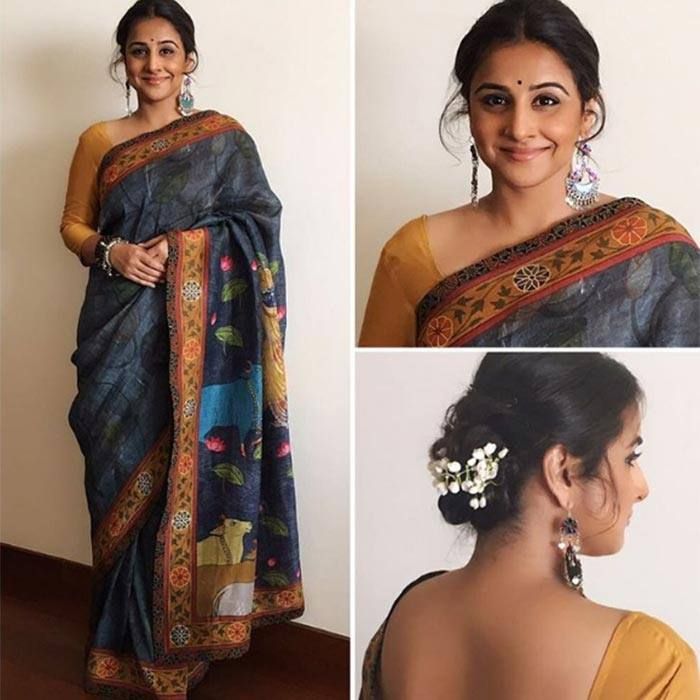 pinterest.com/pin/60869032437304607/
pinterest.com/pin/60869032437304607/ - http://www.utsavpedia.com/wp-content/uploads/2013/06/Maharashtra-method-of-Saree-Draping-Styles1.jpeg
- http://www.utsavpedia.com/cultural-connections/indian-performing-arts/lavani-maharashtrian-dance-performance/
- http://images5.naptol.com/usr/local/csp/staticContent/product_images/vertical/750×1000/Ishin-SNGM-1877-12507327-2.jpg
Nauvari Saree - 3 Ways of Maharashtrian Saree Draping
Nauvari saree is from Maharashtra in India, it’s a traditional saree that actually is known for its Long Length of 9 yards (8.23 meters). A normal saree is 5.5 meters or 6 meters while a Nauvari saree is or more than 8 meters. During traditional events like festivals or weddings, women love to wear Maharashtrian saree styles. We will show how a Navwari saree draping can be done in 3 different styles. Using 3 styles of saree fabrics or saree types.
Watch How to Wear a Nauvari Saree
The Saree has a basic style known as a Kashta (the tuck-in of the border at the back waist). This style was worn by warrior women during Maratha’s rule, as women had to ride horses and fight with spears. One of the Eras of Maratha, rulers of the Peshwas had the influence in the name of the Peshwai Saree.
The Kashta Saree – Nauvari Saree Draping
Although all three saree styles have the Kashta, we will be explaining ways of making a kashta of a saree. In this style, we will show the normal kashta which is easy to make. Women war the kashta saree draping to wars and during Maratha rule as they needed to go fishing or horse riding and needed comfort. The Cotton saree is perfect for Kashta drape, which needs a firm texture and also is breathable fabric work day-to-day wear, and for festive wear, women wore silk fabrics. Below is the Video of a Nauvari saree draping Tutorial of Kashta Saree Look.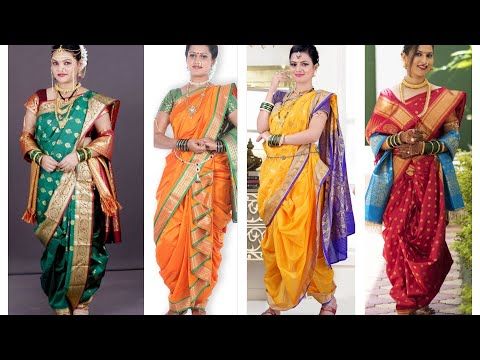
How to Wear Kasta Cotton Saree – Lavani Saree
The saree to be used will be a cotton saree in any color with a golden weave border so when we will wear the kashta saree style it will be visible. This saree style is also known as the Lavani Saree or Nauvari Lavani Saree style. Before you start wearing a sari, put on the blouse and tights which come till calf or knee-length.
Step by Step Kashta Saree Draping Guide
- To wear a kashta saree, we will make pleats on pallu and pin them from 1.2 m to 1 m in length.
- Take the inner section of the saree, wrap it around your waist at back and bring the end from front to right side, tie a firm knot of the saree here. Take the Pallu pleats and drape from left to back and again to the front side. Place at the left shoulder and pin at the blouse roughly.
- Adjust the front drape border here and then make a wrap-around, tuck roughly on the left side. You will have a front loop which is for skirt pleats.

- Take the saree lower edge of the middle section and pull to the front, this will make a dhoti or wrap effect on both legs from behind. Now tuck this from the bottom of the knotted fabric roughly, we will need this for the kela (a word used for the covering of pleats at the waist). Make lower skirt pleats that open on the right side instead of the left side. Leave the first two top pleats on the left side.
- Align all pleats together and then wrap them from the big pleat fabric on left, covering all pleats till knee-length neatly. Now hold pleats at the top edge and fold them once in a bundle, use the waist border to cover it, so it stays in a bundle which is your kela. Then again take the fabric which was pulled from back to front and cover the kela again and tuck the rest in the waistline.
- Now split the lower pleats into two sides. Hold the lower edge from this section and pull it back between your legs for the Kashta. Pull it tight enough, so you have at least half a meter of fabric at the lower back knee level.
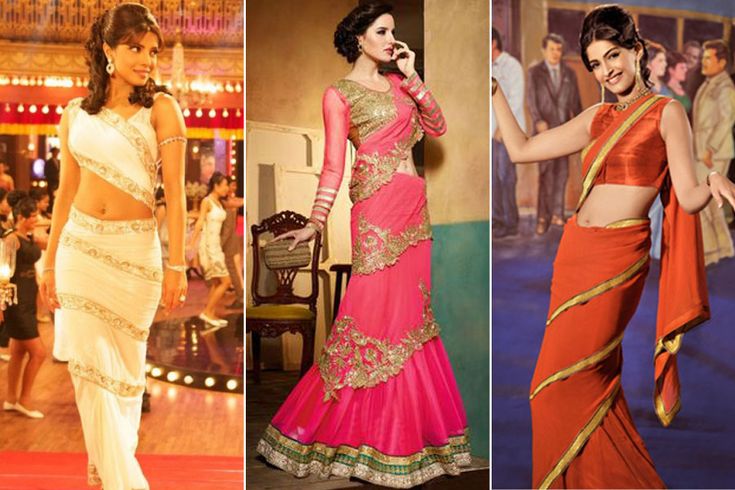
- Fold the border part, so it turns up the right side, and make pleats on the folded part. The border will face the left side, use pins to secure, and tuck it in the back waistline.
- Now adjust the front drape pleats where your outer border will be in the cowl covering the front mid-waist section. The pallu will not be aligned at the width section.
Variations of Kashta Styles in Saree Draping
- The Single Kashta Border Drape – has one border visible at the backside, just like done in the guide above.
- The Double Kashta Border Drape – There are two borders visible at back. We pull the edge and hold it from the top, make both side borders visible and tuck in the back.
- Single Kashta border with no pleats – Similar to the first style but the kashta is pulled and tucked without pleating at the fold.
Also Read, Unique Styles of Saree Draping
Brahmini Nauvari Saree Draping
Normally these sarees are worn in silk, cotton, or cotton silk. The saree is drape just like the style as Single Kashta tuck behind. We have seen big Bollywood celebrities also wear this style in movies like Bajirao Mastani. The Pinga Dance saree draping is the best example of this style. The only difference is that the saree has a different step after tucking the kashta. The Front drape has a big cowl look and a side tucked border look.
The saree is drape just like the style as Single Kashta tuck behind. We have seen big Bollywood celebrities also wear this style in movies like Bajirao Mastani. The Pinga Dance saree draping is the best example of this style. The only difference is that the saree has a different step after tucking the kashta. The Front drape has a big cowl look and a side tucked border look.
Step by Step Brahmin Nauvari Draping in Silk Saree
- Begin draping this saree like the Kashta saree drape, steps given above. Do all steps till we make the kela and cover the pleats.
- The next step is to split the pleats from below, we will be keeping two extra pleats on the right side. This will be a point to pull saree back for kashta.
- Now tuck in the Kashta in the same way written in the above guide.
- Then pick the most inner border towards your inner leg from the right side, pull it tight till your thigh level. This will create a big cowl in front.
- Use a sopari to put it through the edge of your border pleat.
 Tie a rubber band to secure this ball in a saree. Tuck this part in your left side of the waist to secure the pleat from falling off.
Tie a rubber band to secure this ball in a saree. Tuck this part in your left side of the waist to secure the pleat from falling off. - Next, adjust your bodice pleats just like in all Maharashtrian Nauvari saree draping.
Step by Step Brahmin Nauvari Draping in Georgette Saree
Most nauvari sarees are traditional styles, yet today the dhoti saree trend is a huge hype. Women like to carry this style of Saree draping. We can use a longer georgette nauvari saree with a solid thin border for this draping. Just like the Sonam Kapoor Dhoti Saree, we can give an extra different look with a simple step variation in Brahmin Nauvari Saree Style.
- Repeat all steps of a Brahmini Nauvari saree, till tucking of the right side cowl drape.
- Here we will not use the Sopari and tuck in waistline, but we will be making 2-3 pleats or more on this folded pleat we picked up.
- Now tuck this in the front side but towards the left side of the waist. Use a safety pin to secure this border and pleats to stay here on the waist.
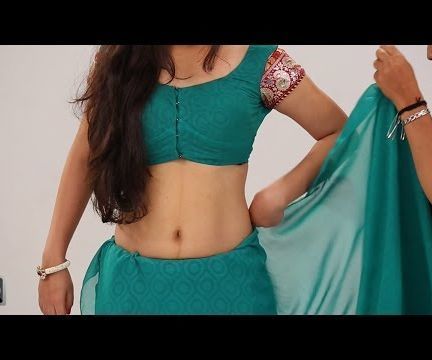
- As the Georgette saree is thinner the pleats will create a good effect of cowl and pleats in front.
Peshwai Nauvari Saree Draping
Peshwai Nauvari saree is a very popular saree draping style in silk saree. The style is also an influence from the Maratha Peshwas which ruled during that era. The only difference is the use of silk in contrast to borders is in a zigzag peshvai saree style. We can also see some women draping this style for Marathi weddings.
Step by Step Peshvai Saree Draping
- The basic drape is as usual until we make the kela. Now repeat the same way of lower pleat partition like in Brahmin saree draping.
- Make the kashta, the peshvai saree has only a single border kashta at the back which faces the left side. Now come to the front side to drape the border from the left side.
- Repeat the same step of tucking in sopari/ball in the waistline. Now we will make the zigzag border effect.
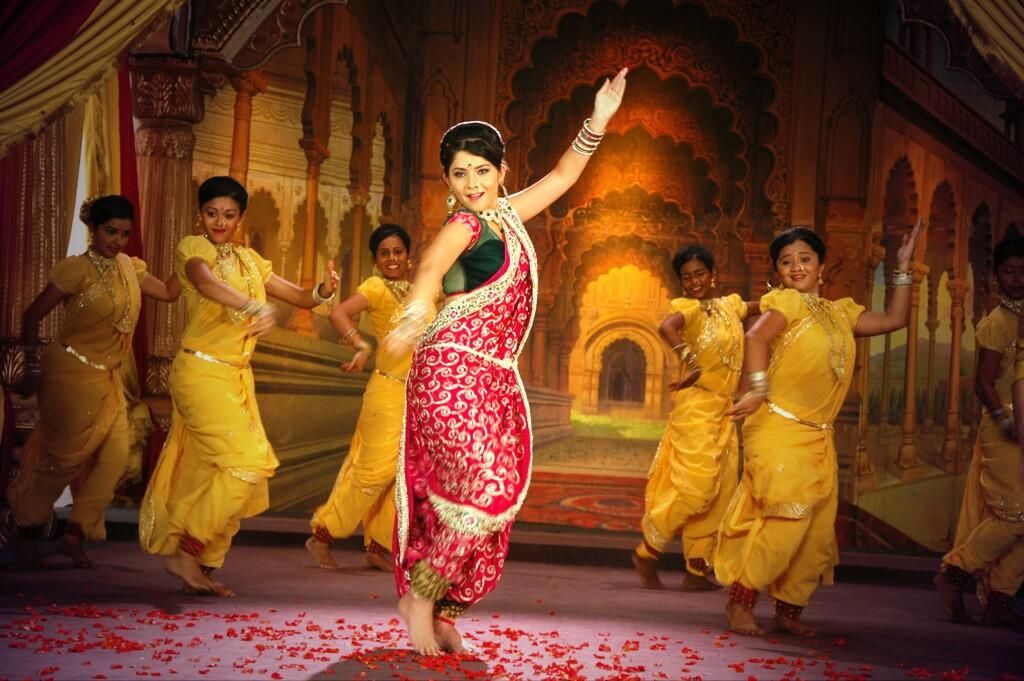
- Pull up a pleat under the first triangular border that we achieved by tucking the ball in the waistline. Place pleat fold under the border creating a triangular shape in zigzag and pin it with a safety pin.
- Keep doing this 5 or 6 times, you will have the zigzag effect till the floor-length. This zigzag Peshwari saree draping can be understood in the Video Tutorial. Watch the Video to Learn.
- Continue with arranging the bodice drape and shoulder pleats.
Simple Marathi Saree draping
Draping a Nauwari saree involves adjusting and making the messy front drape look as neat as possible. Yet today we also see ladies wearing a normal saree of 5.5 or 6 meters in a kashta saree style. We have a video on the Traditional Maharashtrian Dhoti Style Saree.
Today women wear the Marathi Saree draping style is by just adding a back tuck and without the front kela (Bundle of pleats at the waist). Some known celebrities also wear the simple Marathi Nauvari Saree like Sridevi in Nauvari saree and Rani Mukherji for their movie promo and festivals.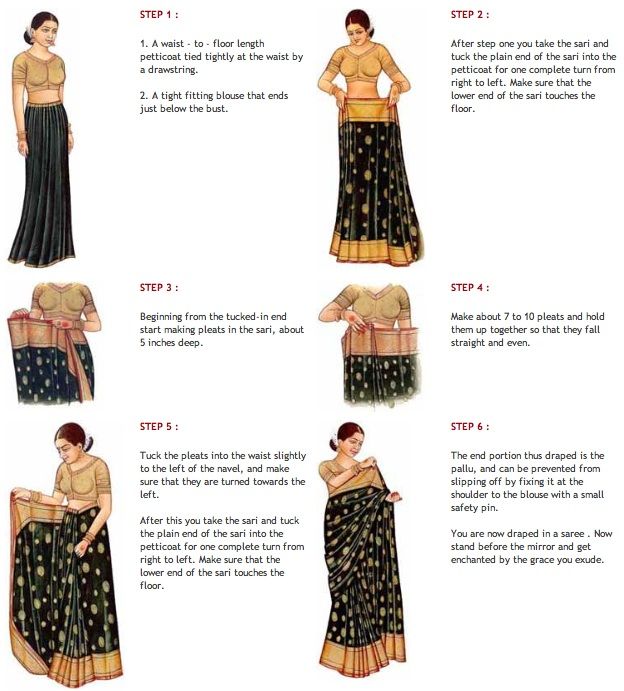
So those were the three different ways to drape a nauvari saree that We thought to be appropriate for Maharashtrian weddings or any other event. The one you can get right now from our site is one by the G3Fashion blogger who makes the Nauvari draping style simple to wear and style.
12 ways of draping. Schemes and instructions
Author Indianochka To read 13 min Views 39.1k. Posted by Updated by
Sari is the favorite clothing of Indian women. They wear it to work, and to rest, and for holidays, and for everyday life. But in fact, it's all just a five-meter piece of fabric. But the variety of patterns and different fabrics is simply amazing, as are the ways of dressing a sari. There are many ways to wear a saree. It may depend on the style of the sari, its design, as well as your creativity.
Whichever way you choose to tie a sari, there are a few guidelines to follow:
- Wear a skirt in the same color as the sari.

- Put on shoes before putting on the sari.
- Prepare the pins in advance, they must be ready to use, i.e. open.
- Make-up is applied in advance.
- And don't forget the jeweled accessories.
So, let's look at detailed diagrams of how to wear a sari.
Content
- The easiest and fastest way
- Method from Kalpana Shah
- Sari drapery
- Sari drapery
- Lecheng style Sari
- Momtasa
- Mermaid Sari Style
- Rajrani Style
- Indo-Western Style
- Double Way
- How to Wear a Sari Video
The Easiest and Fastest Way
- Wear a skirt and blouse.
- Wrap the edge of the sari around your waist, keeping the right end long.
- Knot the end and edge of the fabric at the waist to form a skirt.
- Throw the remaining end of the sari, about a meter, over the left shoulder.
- Take the rest of the fabric in the middle and drape a few 14 cm pleats.
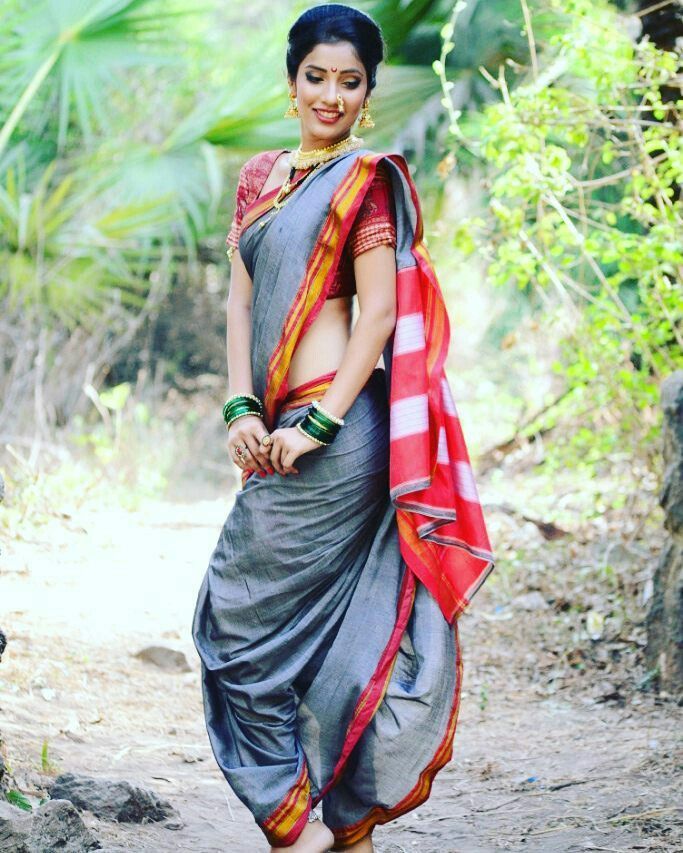 This is the most important part. Drapery can be secured with clothespins.
This is the most important part. Drapery can be secured with clothespins. - Fold the edges of the drapery under the skirt. Sari is ready.
Consider another way to tie a sari by Kalpana Shah, a famous actress in India.
Kalpana Shah's method
| Take the end of the sari and place it on the right side of the thigh near the waist so that the hem is 5 cm above the floor. | Tuck the sari into the front of the skirt. | Continue tucking the sari into the back of the skirt until you have made a full circle. |
| Make one big pleat by pulling the sari an arm's length from the waist as shown. | Tuck the other end into the skirt to form a loose loop. Loosely wrap the saree around your body. | Hold both ends of the hem of the sari in your hands in front of you. |
| Begin to drape about 15 cm wide. | You should have 4. | Throw the drapery over your left shoulder. |
| The end of the sari should be below the knees in the back. | Pin the sari drape to the shoulder choli. | Now return to the loose fold that was left on the belt. |
| Start draping the folds with your left hand, supporting them with your right. | Then tuck the drapery into the skirt. | Align the drape. |
| Drape just below the navel. | This is what the drapery looks like from the back. | The end result! |
At first, it may seem difficult, but once you figure it out, you will learn how to tie a sari very quickly. Let's look at some more ways to tie and wear an Indian sari.
Nivi style saree drape
Nivi style, this is one of the most popular types of saree draping in India. This style originates in the state of Andhra Pradesh. Until now, locals prefer to wear saris in this way, and this is not surprising, since this style of drapery is a cultural heritage of India. Nivi style is suitable for all occasions.
This style originates in the state of Andhra Pradesh. Until now, locals prefer to wear saris in this way, and this is not surprising, since this style of drapery is a cultural heritage of India. Nivi style is suitable for all occasions.
Instructions:
- Tuck one end of the sari into the skirt and wrap the sari around the waist.
- Make sure that the distance from the floor and the sari is 5 cm.
- Take the other end of the sari and drape it into 6-7 full folds.
- Fasten the folds so that the length is enough for the entire back to above the knees.
- Throw the drapery over the left shoulder and pin the sari to the inside of the choli.
- Now focus on the rest of the undraped sari. Put the top edge on the left into the skirt on the right side.
- Drape the rest of the fabric and tuck it behind the skirt also on the right side. After that, you can fasten the drapery to the skirt with a pin from the wrong side, at a distance above the right knee, so that the drapery does not fall apart when walking.

Wedding saree is chosen with great care and most often it is red.
In addition, the bride's hands are painted with henna - the longer the drawing lasts, the happier the marriage will be. Read more about mehendi here.
Bengali Style Sari Drape
Bengali style sari looks chic with intricate borders and bright colors. This style is chosen for large events.
To complete the style you will need:
- White sari with red border.
- Blouse with short puff sleeves.
- Red and white bracelets.
- Red round bindi.
- Heeled shoes.
- Pins.
- Keychain bell.
- Earrings, preferably round and large.
Bengali Draping Method
- Start tucking the sari into the skirt starting from the right side so that the end of the sari points to the right. Do 1.5 circles.
- Then fold in the opposite direction, i.
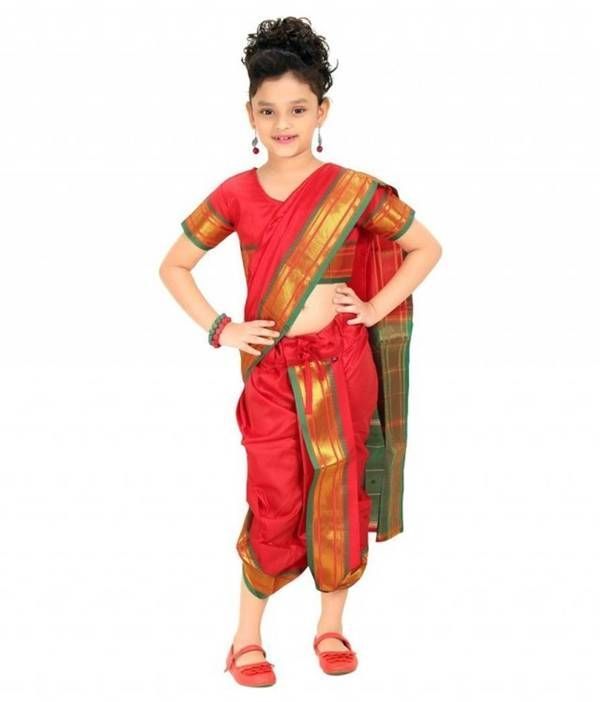 e. from left to right. Repeat this operation 2 times.
e. from left to right. Repeat this operation 2 times. - Take the other end of the sari and drape it.
- Throw the drapery over the left shoulder.
- Remove the tip of the sari and put the bell on it.
- Throw the end of the sari with the bell over your right shoulder.
Lehenga style sari
Due to its unique fusion of two traditional sari draperies, Lehenga style gives the impression of a special occasion and celebration.
To complete the style you will need:
- Beautiful sari.
- Satin blouse with different color from the sari.
- Satin skirt in sari color.
- Heeled shoes.
- Many bracelets.
- Several pins.
How to drape the fabric in the Lehenga style:
- Start tucking the sari into the skirt, starting at the center of the back of the skirt, moving to the right. That. the end of the sari points to the left.
- When you reach the right thigh, start draping the sari, making a full fold, move to the left side.
 That. at the end you should have 5 folds in front, each of which can be seen individually.
That. at the end you should have 5 folds in front, each of which can be seen individually. - After the folds are done, wrap the sari so that it is fastened in the middle back of the skirt. As a result, the sari completes one full circle around the waist, returning to the starting point.
- Take the other end of the sari and drape it, you can use clothespins for convenience.
- Throw the draped end of the sari over the right shoulder so that the end of the sari is in front just below the hips.
- Pin the shoulder drapery to the blouse.
- Take the inner corner of the end of the sari and pin it to the skirt with a pin on the left thigh.
- Sari is ready!
Tip: Adjust the number of front pleats to your taste, and to avoid too much fluff around the waist, choose a skirt without a thicker belt.
Gujarati sari
This method is popular in Western India. This drapery is suitable for any occasion of life, both for every day and for a holiday.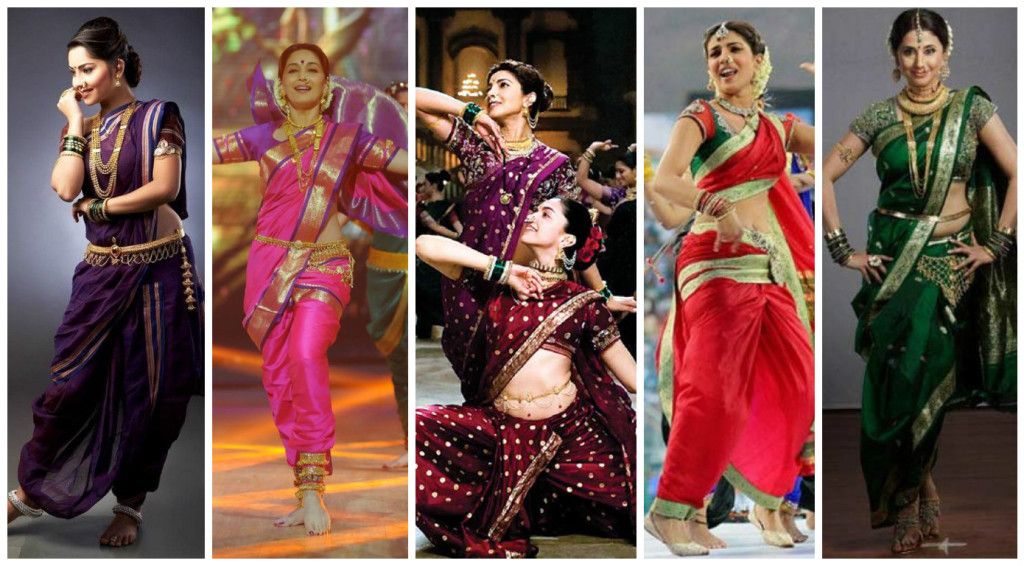
This style is well suited: glass bracelets and gold jewelry. Choli may not match the color of the sari, but it is better to choose a skirt in color.
Instructions:
- Tuck the sari into the skirt starting from the right side so that the end of the sari points to the right. Make 1 circle.
- Start draping the sari with the pleats facing to the right. Tuck them into the skirt so that they are in the middle of the skirt.
- Take the other end of the sari and drape it. For convenience, you can fasten the drapery with clothespins.
- Wrap the draping of the sari around the back and drape the end over the right shoulder. So that the end of the sari is just below the level of the hips.
- Pin the drapery at the shoulder to the blouse.
- Take the end of the sari and tuck it under the skirt at the waist on the left hip side.
- You can wear bracelets. Saree is ready!
Mumtaz style
Mumtaz style is familiar to us from Indian cinema. The famous actress Mumtaz Banu fell in love with us in her films and it was she who introduced this style as one of the types of sari drapery.
The famous actress Mumtaz Banu fell in love with us in her films and it was she who introduced this style as one of the types of sari drapery.
To complete the look of the Mumtaz style, we need:
- Sari with clear color borders.
- Sleeveless blouse.
- Heeled shoes.
- Skirt.
- Jewelry (earrings, bracelets) as accessories.
Drape instructions:
- Tuck the sari into the skirt, starting from the right side, with the end pointing to the right.
- Wrap the sari around your waist in a full circle.
- Make sure the sari is at the same height from the floor.
- Make 1-2 pleats and place them in the center of the front of the skirt, facing left.
- Start wrapping the sari around the skirt so that it is 20-25 cm higher than the length of the sari.
- Now repeat step 5 so that it is even higher 20-25 cm.
- Take the other end of the sari and drape it into 6-7 folds, fasten them with clothespins for convenience.
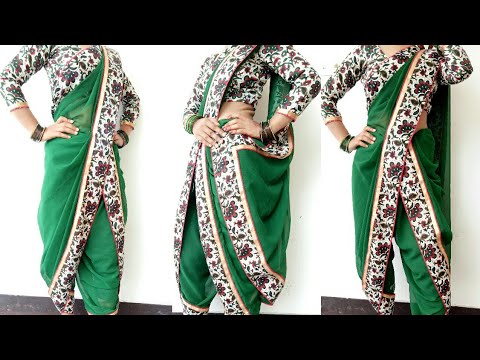
- Bring the drapery around your back and drape it over your left shoulder in front. Secure the drapery at the shoulder with a pin to the blouse.
Tips: The length of the end of the sari should be just above the hips; you can add wraps for a more sophisticated look; you can not drape the end of the sari, but simply throw it over.
Maharashtra style
Maharashtra style originated from the state of the same name. This style well emphasizes the figure, adding a touch of simple and modest charm.
You will need:
- Paithani sari.
- Pair of cycling shorts.
- Set of glass bracelets.
- A pair of comfortable shoes, preferably without heels.
- Several pins.
- Bindi.
Drapery instructions:
- Take one end of the sari and wrap yourself once around your waist.
- Take a few centimeters from both ends and tie a knot at the center of the waist, leaving 0.
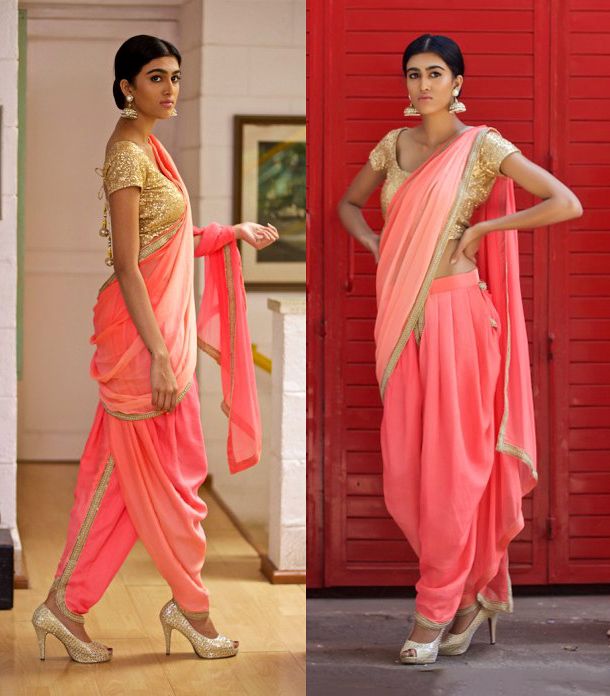 5-0.7 m of fabric on one side.
5-0.7 m of fabric on one side. - Take a short piece of the sari and pass it between your legs. Tuck the end in the back at the center of the waist.
- Now take the long end of the sari from the front and make 5-6 full folds. Tuck in the folds under the skirt in the center front.
- Take the end of the sari and drape it into 4-5 pleats. Take the drapery and pass it through the back and out to the front.
- Throw the drapery over the left shoulder and pin it to the blouse.
Tips: this saree uses shorts instead of a skirt; make sure the knot at the center of the waist is tight; you can wear shoes for this style after you drape the sari.
Mermaid Saree Style
This style is modern. It combines methods of drapery, both new and traditional. This style is quite comfortable to wear. Mermaid style is suitable for dynamic women.
Before you start draping your Mermaid sari, you will need:
- Sari with a contrasting color on one end.

- Dressy choli.
- Sari matching skirt.
- Pair of shoes
- Jewelry.
Sari Draping Instructions:
- Begin tucking the sari from the right side. Wrap the front first and tuck in the sari until you have made a full circle.
- Make sure the bottom of the sari is level with the floor.
- Now take the other end of the sari and drape the edge of the sari, distributing the pleats along the length. For convenience, you can use clothespins.
- Pass the drapery over the back and throw the drapery over the right shoulder so that the end of the sari is 15-20 cm above the floor.
- Tuck the remaining undraped part of the sari into the skirt.
- Take the end of the draped fabric and pass it over the back of the skirt, then bring the corner to the left thigh in front, below the waist. Secure the corner with a pin.
What to bring to Goa? - a sharp question that confronts those who are going to go there to relax.

The city of Mumbai, formerly Bombay, is famous for its Bollywood. What other attractions are there? Find out if you follow this link.
The population of India is constantly growing and very soon the Indians will catch up with the Chinese: https://indianochka.ru/india/obshhestvo/naselenie.html
Rajrani style
Rajrani style is considered the royal style. A girl dressed in this style instills an element of grandeur due to the subtle combination of draperies and sari embroidered with rich decorations.
You will need:
- Ornate sari.
- Matching skirt for the sari.
- Choli.
- Jewelry such as bracelets, earrings and long beads.
- A pair of stylish shoes, preferably with heels.
- Several pins.
How to drape the fabric of the Rajrani sari:
- Take one end of the sari and carefully fold it into the skirt around the waist, starting from the right hip in front and ending, after the first circle, with the center of the waist in front.

- Drape the other end of the sari, you can use clothespins.
- Wrap the drapery over your back and drape it forward over your right shoulder, with the end slightly above your right knee. Pin the sari to the blouse.
- Take the untucked part of the sari and drape it, then tuck it into the skirt.
- Now take the edge of the sari that was thrown over the right shoulder and attach it to the left with a pin.
- You can now put on your jewelry.
Indo-Western style
This drapery is innovative and belongs to modern styles.
You will need:
- Printed sari.
- Legends.
- Blouse, m.b. without sleeves.
- Pair of high heels.
Instructions:
- Take one end of the sari and make 6-7 pleats, then fold them in the center tucking into leggings so that the edges of the drapery are facing to the left.
- Continue to tuck the sari under the leggings until you cover your buttocks (i.
 e. to the right side).
e. to the right side). - Take the other end of the sari (width) and drape it. Secure the drape with clothespins.
- Pass the drapery over the back to the front and flip the end over the left shoulder back so that the end of the sari is below the knees.
- Now pin the drapery to the shoulder of the blouse.
Double way
This style is unique and simple as it drapes two saris. This style is a mixture of modern and traditional. This style is popular among fashionistas today.
You will need:
- Two contrasting or complementary saris.
- Blouse.
- Skirt.
- Pair of shoes.
- Jewelry.
- Pins.
Drape method:
- Let's start with the first sari. Take one end of the sari and make 6-7 pleats and fold them into the skirt so that the folds are from the center to the right.
- Make sure the length of the sari is evenly distributed across the floor.
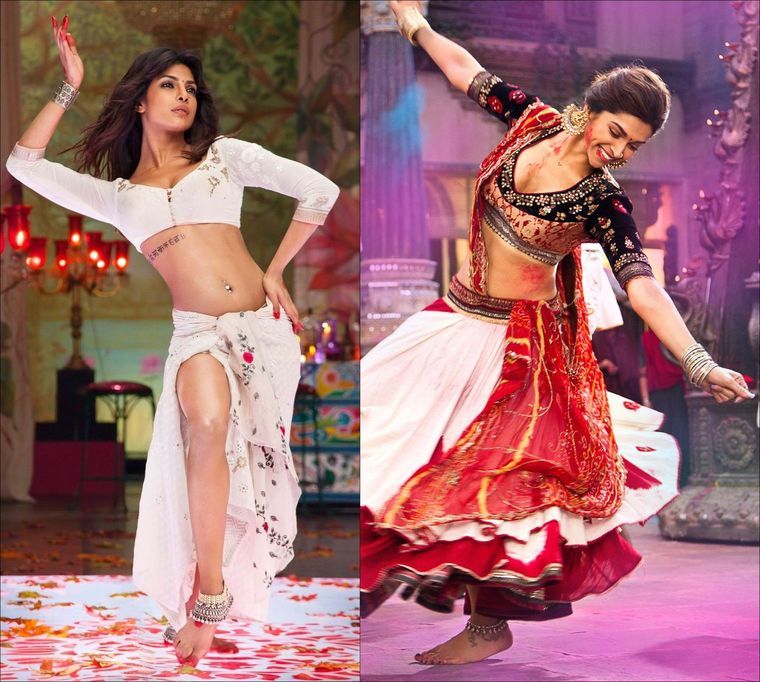
- Now take the other end and fold along the edge. Secure the edges of the drapery with clothespins. Throw the drapery over your right shoulder so that the end of the sari is in front and is located just below the hips. Pin the drapery to the blouse at shoulder level.
- Take the second sari. Drape it also in 6-7 folds and place it on the left side of the center of the skirt.
- Make sure the length of the sari is evenly distributed across the floor.
- Now take the other end and fold over the edge of the sari. Secure the edges of the drapery with clothespins. Pull the drape through the back. From the front, throw it over the left shoulder back so that the edges are at the level of the knees. Pin the drapery to the blouse at shoulder level.
- Wear jewelry.
Video “How to wear a sari”
And finally, if you still don’t understand how to wear a sari, watch the video:
traditional women’s clothing in India
adherence to the traditional style of dress, despite the influence of Western culture.
 Just like in women's clothes, there are hidden symbols in men's clothes; through generations, it transmits pieces of knowledge carefully stored among the people.
Just like in women's clothes, there are hidden symbols in men's clothes; through generations, it transmits pieces of knowledge carefully stored among the people. Dhoti
This type of clothing is very popular in India and is worn by both boys and grown men. Dhoti is a piece of fabric from 2 to 5 m long. This bandage covers the hips and waist. One of its ends is stretched between the legs. It turns out a kind of bloomers. Sometimes the dhoti is worn as a wraparound skirt.
Lungi or mundu
This is one of the variant of dhoti. It happens in the form of a regular cloth made of silk or cotton, or with edges sewn together. The length of the lungi comes to the ankles. But it can be changed by tucking the fabric at the waist, which is necessary when working in the field or visiting the temple. Elderly Indian women often wear lungi, skillfully combine them with other outfits.
Shervani
Very elegant festive jacket with gold or silver embroidery, fastened with buttons.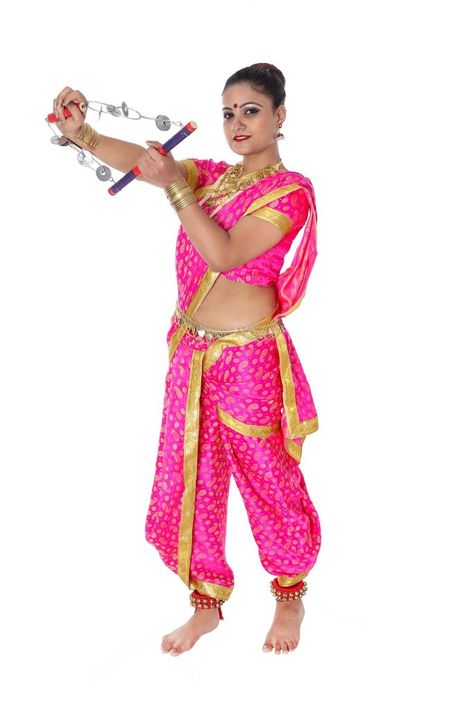 His stand-up collar looks great. The usual length of a shervani is up to the knees, but it can be longer. It is customary to wear with churidar pants, tapering at the bottom.
His stand-up collar looks great. The usual length of a shervani is up to the knees, but it can be longer. It is customary to wear with churidar pants, tapering at the bottom.
Wedding ceremonies in India: three periods
@ Bhargav & Varun Bhatt
The Indian approach to marriage for Europeans may seem archaic, outdated. After all, virginity is still revered in India. The Indian bride is required to marry chaste, pure and unspoiled and to be faithful to the family principles.
Indian wedding rites are divided into:
- pre-marriage ceremonies;
- marriage itself;
- rituals after the celebration.
Even before the engagement, horoscopes of future spouses are drawn up. This is the most important ritual before performing the sacrament of marriage. If the astrological forecast portends only a good future, parents on both sides begin to prepare for the celebration.
Pre-marriage ceremonies
First, they gather for the ashir-wad ceremony in the house of the future wife.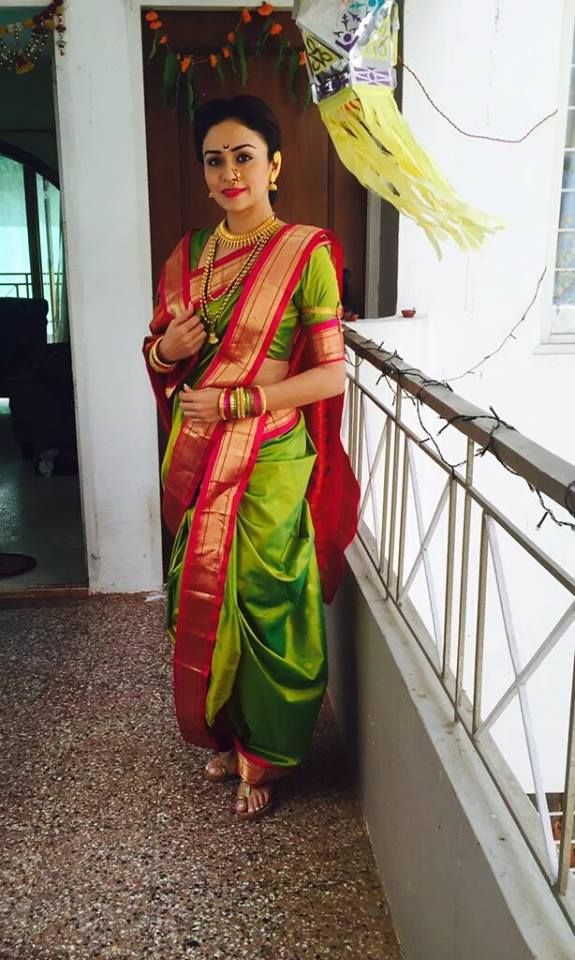 Here, young people receive parental blessings. Then the ceremony is held by the groom. After ashir-wad, relatives and friends celebrate the engagement. They call it tilak. Only men participate in the ritual.
Here, young people receive parental blessings. Then the ceremony is held by the groom. After ashir-wad, relatives and friends celebrate the engagement. They call it tilak. Only men participate in the ritual.
@ Bhargav & Varun Bhatt
The father of the bride with the elders of the family goes to the future husband of his daughter, where he puts a spot of turmeric and saffron on the forehead of the future son-in-law. This mark is also called tilak. Then all the men present also decorate their foreheads with similar spots. Of course, the rite is not complete without refreshments. However, only vegetarian options are offered. The visit ends with the offering of gifts to the groom.
The sangeet ceremony for women is very beautiful. It's like our bachelorette party. This ceremony takes place with songs and dances, jokes and treats.
@ Bhargav & Varun Bhatt
The mehendi ceremony takes place at the house of the future wife. Only the closest relatives are invited there. After her, the girl does not leave her house and does not take part in household chores.
After her, the girl does not leave her house and does not take part in household chores.
Marriage
Now the groom does not have to come to the bride on a horse or elephant. Modern realities allow wedding corteges of cars. However, many rituals remain the same.
For example, young people on their wedding day show everyone their hands and feet shining from a special paste made from turmeric. And at the threshold, the mother of the bride, when meeting, protects her son-in-law from evil with a mark of tilak.
In the wedding tent, decorated with lush flowers, banana and coconut leaves, the groom remains to wait for the appearance of the betrothed. A sacrificial fire is lit here, around which the wedding will take place.
@ Bhargav & Varun Bhatt
First, young people offer each other garlands of flowers, which means they agree to marry. Then the relatives stand in 4 columns - this is a symbol of the support of the future family. During the kanya daan, the bride's father, accompanied by the singing of mantras by the guests, hands his daughter's hand to the future spouse.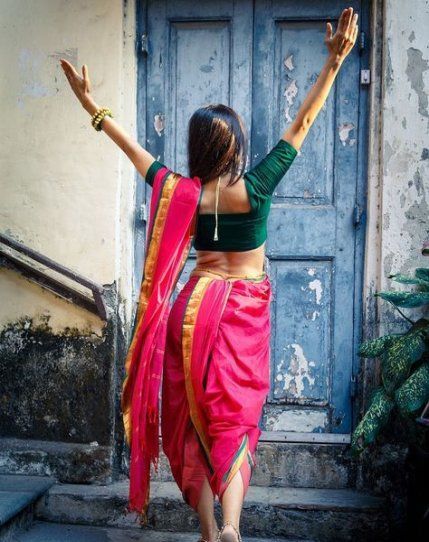 He accompanies this action with an appeal to his son-in-law with a request to help his future wife in achieving religious perfection.
He accompanies this action with an appeal to his son-in-law with a request to help his future wife in achieving religious perfection.
@ Bhargav & Varun Bhatt
After the son-in-law makes his promise to fulfill his father's order, the brahmin makes an alliance by tying the hands of the spouses with a cloth. Although the current Hindus do not refuse the beautiful European ritual of exchanging rings between newlyweds.
@ you & me
@ Bhargav & Varun Bhatt
The ritual of sacrifice to Yamaraja, the god of death, is unusual and beautiful. It is performed with the help of rice, which wakes up through the fingers of the young into a fire. Then the guests make a circle around the sacrificial fire, thus calling to give grace to the young family.
The groom expresses his consent to marriage by decorating the parting of his future wife with turmeric paint and presenting her with a golden necklace. Now it's time for the treats.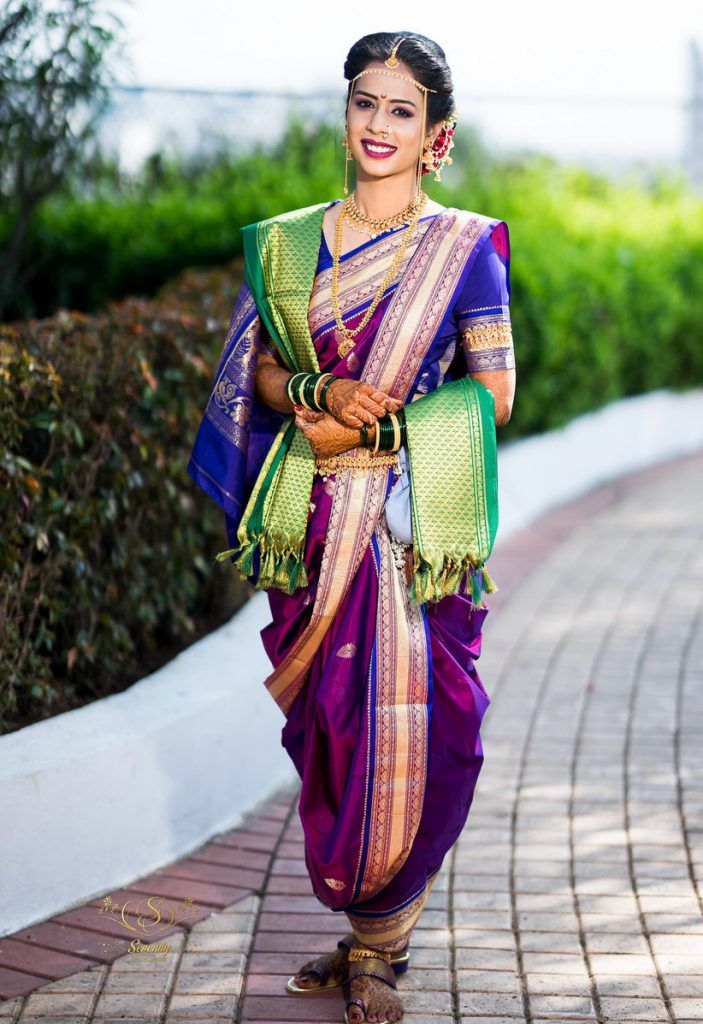 The sweets that a spouse offers to his chosen one symbolize a sweet future life together.
The sweets that a spouse offers to his chosen one symbolize a sweet future life together.
Rituals after marriage
The celebration itself takes place in the groom's house. Therefore, the bride says goodbye to her family. The newly-made husband takes her with him. The young wife is followed by a rich dowry collected by her parents.
On the threshold of a new house, a young wife is met by her husband's sisters or aunts with a jug filled with salt water. They break the vessel in front of the newlyweds. It is believed that this way you can protect them from harm.
A young wife should knock over a vessel filled with rice grains and money with her right foot to attract wealth. The husband's mother puts a tray of red paint in front of the daughter-in-law. Only by stepping into it, the young mistress can enter the house along a clean white path, leaving traces on it - a symbol of good luck.
Guests sit down at the festive table, where a wide variety of dishes are presented in abundance.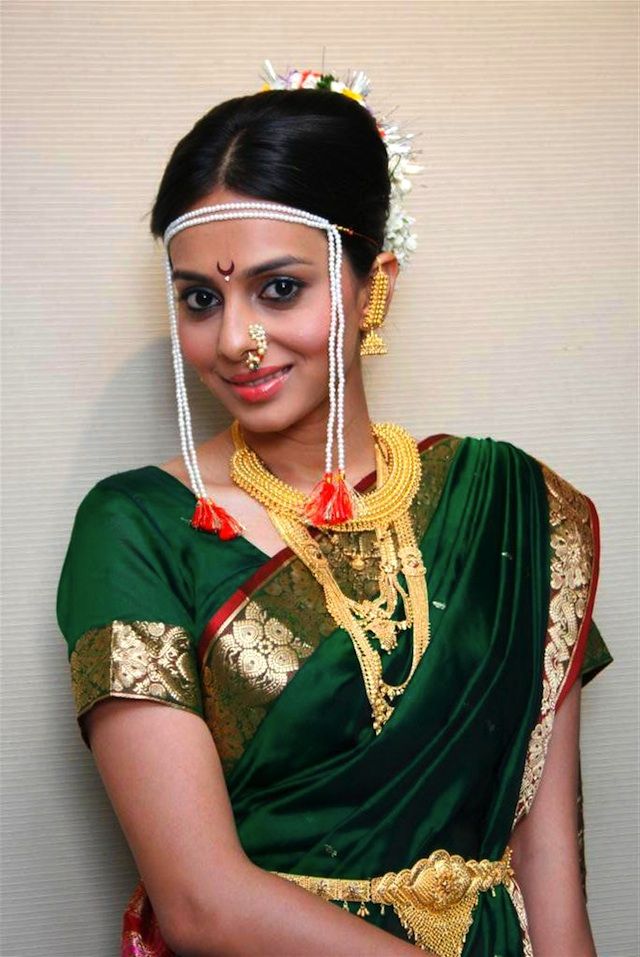 They eat, have fun, joke, sing and dance. And the young ones sit modestly at the head of the table, allowing everyone to admire and admire their beautiful outfits.
They eat, have fun, joke, sing and dance. And the young ones sit modestly at the head of the table, allowing everyone to admire and admire their beautiful outfits.
@ Ranjini Jhini
@ Ranjini Jhini
@ Ranjini Jhini It is also great for performing religious ceremonies. According to the Vedic injunctions, a pujari (priest) must wear clean clothes. Clothes with seams are not considered as such, because dust and dirt are clogged into the seams, which are not washed out even after washing.
Therefore, on priests in temples and on women performing puja to household deities, you will not see Western clothes that are familiar to us.
Every time I come to Russia from India, for some time, until I get used to our strip, moderate and restrained in colors in nature and clothes, I miss the brightness of the Indians. By ringing and multi-colored bracelets, by various decorations, by colorful saris. By the fact that women can be easily distinguished from men in appearance. No matter how the fashion in the world changes, Indians following the traditions do not give up their clothes, which do not depend on the spirit of the times.
No matter how the fashion in the world changes, Indians following the traditions do not give up their clothes, which do not depend on the spirit of the times.
Natalia Fedorova, photo by the author SocietyCulture
A good option for an evening and not only
A dress similar in style to a traditional Indian women's costume will be a winning option for an evening dress. Complemented with catchy colorful decorations, it will give its mistress luxury and confidence in her own irresistibility. Such a woman will not go unnoticed!
But not only to shine at social events is available to those who admire the fashion of the East. Indian dresses are the perfect basis for casual and comfortable wear. A loose-fitting tunic at the top and loose trousers at the bottom is an option that combines elegance and freedom of movement. However, tight pants are acceptable in our time, even in India itself. European style makes its own adjustments. Colors are also chosen calm light or saturated bright, with unusual ornaments.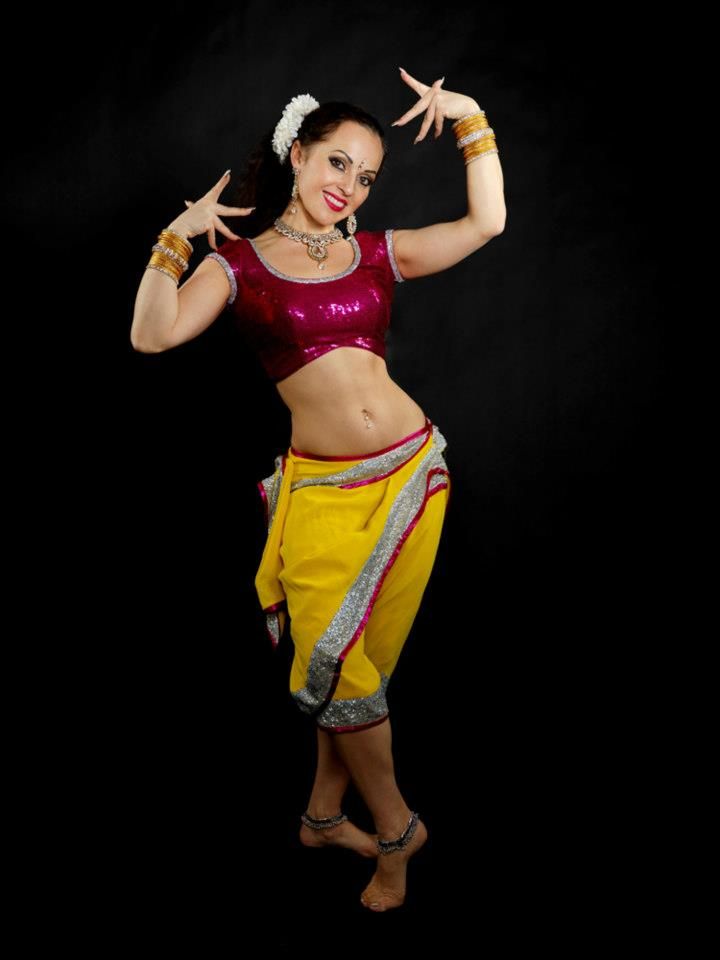
Intricate embroidery or decoration with stones, beads, gold braid will not only be appropriate, but will also emphasize the Asian flavor in both cases. In accordance with modern fashion trends, such an ensemble will be equally well combined with ballet flats and wedge or flat sandals. Instead of a shirt with a sleeve to the middle of the elbow, you can wear an elongated blouse-shirt with straps, preferably multi-layered, airy. It will be stylish to drape one shoulder with a chiffon scarf. In this free and at the same time expressive clothes it is so easy to feel like an Indian beauty-princess. Young girls will certainly like this prospect.
If we remember that all national clothes are made from natural materials, the advantage of wearing Indian summer dresses becomes obvious: even in combination with trousers it will not be hot.
A suit made of a cropped top (similar to the aforementioned choli) and the same trousers (shalvars) looks great. Trousers of this type have long been appreciated for their comfort in wearing and have been trending for several years now. Jewelry will help complete the look: several bracelets, bright earrings and rings with large stones. Graceful high-heeled sandals will turn comfortable clothes into suitable ones, for example, for a romantic date.
Jewelry will help complete the look: several bracelets, bright earrings and rings with large stones. Graceful high-heeled sandals will turn comfortable clothes into suitable ones, for example, for a romantic date.
Indian wedding ceremony: the beginning of the celebration - the arrival of the groom
The wedding celebration begins in the evening at the bride's house. The groom arrives there at the appointed time, accompanied by a crowd of friends and relatives. Usually there are about 700 guests at the celebration.
The groom arrives there at the appointed time, accompanied by a crowd of friends and relatives. Usually there are about 700 guests at the celebration.
The parents of the bride are obliged to provide everyone with accommodation and refreshments. Traditional bright red bracelets are put on the bride's hands, which she must wear for a whole month after the wedding.
By the time the groom arrives, the bride's parents are building a small temple (“Vedi”), which is intended for the wedding ceremony. It is covered with an awning and decorated with four palm trees set in the corners of the building. The temple is decorated with many yellow flowers, symbolizing the sun and wealth.
The groom usually arrives at the bride's house on horseback - his wedding attire is generously embroidered with gold embroidery, he is girded with a fiery sash, and a bright turban flaunts on his head. Behind the groom, on a decorated horse, sits his young friend in the same outfit.
The groom enters the temple, stands on a flat stone laid in the center, and waits for the bride to appear, who will soon be carried out in a wooden palanquin.
Types of Drapery
Traditional Drape
This is a traditional Marathi sari style worn without a skirt. This style of sari draping is common among all castes, but the way of draping also varies by region and topography. For example, brahmin women wear it in a special way called brahmin, on the other hand, aagri, people from raigad district, wear it to the knees, this is called adva patal, while with slight variations kunbi or farmer women of raigad district and some parts of the ratnagiri also wear the nine, which is called "uprati". The name "uprati" means "upside down", which is reversed due to some folds during the draping of the sari. One of the features of adwa patala and uprati is that these saris are draped without knotting, but the saris are very tightly draped. In contrast, women from rural Punye and Satara Ahmed Nagar or Kolhapur wear it to the ankle, which is very popular. Also, Brahmins wear it in a special way where the border of the sari is also displayed on the front side, similar to the kashte on the back side.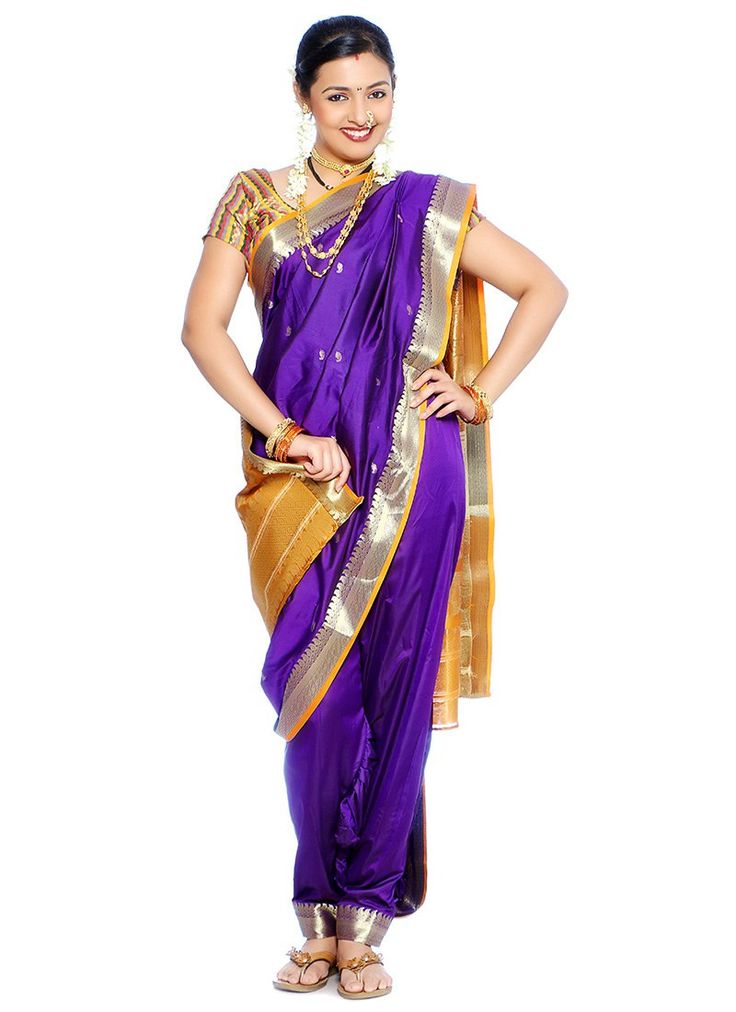 Some details are also given below. This saree is draped in such a way that the center of the sari fits neatly at the back of the waist and the ends of the sari are tied securely at the front and then the two ends are wrapped around the legs. Then the decorative ends are thrown over the shoulder and upper body or torso. Sayali Badade, Head of Human Resources, said: “ A woman who wore nauvari was always treated with respect. The reason is that both of the shoulders of the women are covered, making them completely traditional attire. The style was originally started and popularized during the reign of the Peshwais. ".
Some details are also given below. This saree is draped in such a way that the center of the sari fits neatly at the back of the waist and the ends of the sari are tied securely at the front and then the two ends are wrapped around the legs. Then the decorative ends are thrown over the shoulder and upper body or torso. Sayali Badade, Head of Human Resources, said: “ A woman who wore nauvari was always treated with respect. The reason is that both of the shoulders of the women are covered, making them completely traditional attire. The style was originally started and popularized during the reign of the Peshwais. ".
Koli style cape
Koli women The tribe also wears this style of sari, but cut in two. One part is worn at the waist, and the other covers the upper body. It is worn on the head over the left shoulder in the Maratha style. The Koli women are adorned with both dress and ornamentation, and this nine-yard cotton sari is artfully draped over the hips so that the figure is graceful in movement.
The history of the sari
When the Pandava king and his brothers lost all their property, relatives and even themselves at dice, he decided to win back and made his wife, the beautiful Draupati, the last bet. But this time, he was not so lucky. Then the victors by force brought her to public view with the aim of outrageous over her, to undress her in front of everyone, thereby humiliating her and her husband.
But Lord Krishna heeded the woman's prayers and made her sari endless. No matter how many enemies tried to unwind her robes, Draupati remained dressed.
The Sanskrit word for sari is sati, which means a strip of cloth. In fact, this exquisite and at the same time simple outfit consists of a rectangular strip of fabric, the length of which ranges from 4.5 to 9 meters and a little more than a meter wide, without a single seam.
A real sari should be made only from natural fabrics, it could be either the most expensive Misor silk or simple thin cotton, depending on the wealth of the wearer. Read more about weaving art in India.
Read more about weaving art in India.
Sari cloth was woven on special looms half dug into the ground and the weavers were exclusively men who wore other special garments.
It could take up to 7 months to produce a quality handmade canvas. The color of the fabric was made only from natural ingredients, vegetable, animal and mineral origin. The colors of the sari could be very different from pastel shades to the most "violent" colors and patterns. Some colors and ornaments had a special meaning. For example, brides wore a red sari with rich gold embroidery.
Widows were required to wear a plain white Indian sari without any adornment, and new mothers were required to wear a yellow sari for seven days after the birth of a child.
Sari - as the main attribute of the female image
This is one of the most beautiful and at the same time simple outfits. After all, in fact, the secret is that a sari is nothing more than a long piece of fabric that needs only to be properly wrapped.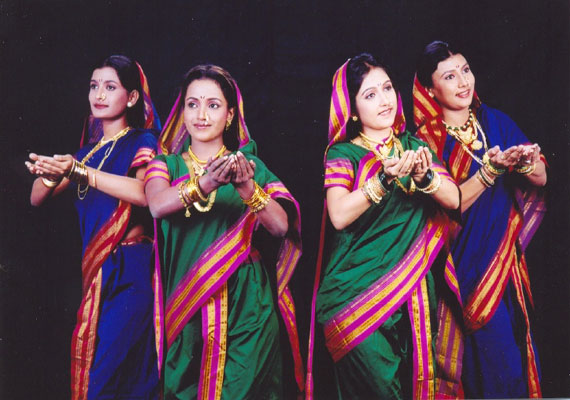 Its length is usually from 4.5 to 9 meters of fabric. And the width reaches about a meter.
Its length is usually from 4.5 to 9 meters of fabric. And the width reaches about a meter.
One of the advantages of saris is the variety of colors and patterns
An interesting fact: sari fabrics were woven exclusively by men. In some cases, one robe took more than six months of work. And the fabrics were dyed exclusively with natural dyes
This robe can be worn in several ways. It is from age and belonging to a certain class that it depends on how and what a woman should wear a sari. Such a suit has two more important elements - two borders (one on the upper section of the fabric, the other on the bottom). The way they are decorated also speaks volumes. The edge of the fabric, which is usually worn over the shoulder, is also an important element. It is he who is trying to decorate the most.
How to put on a sari
It was also important to observe the color scheme. For example, if a woman is left a widow, she must wear a white sari with a complete absence of any decorations for some time as a sign of mourning.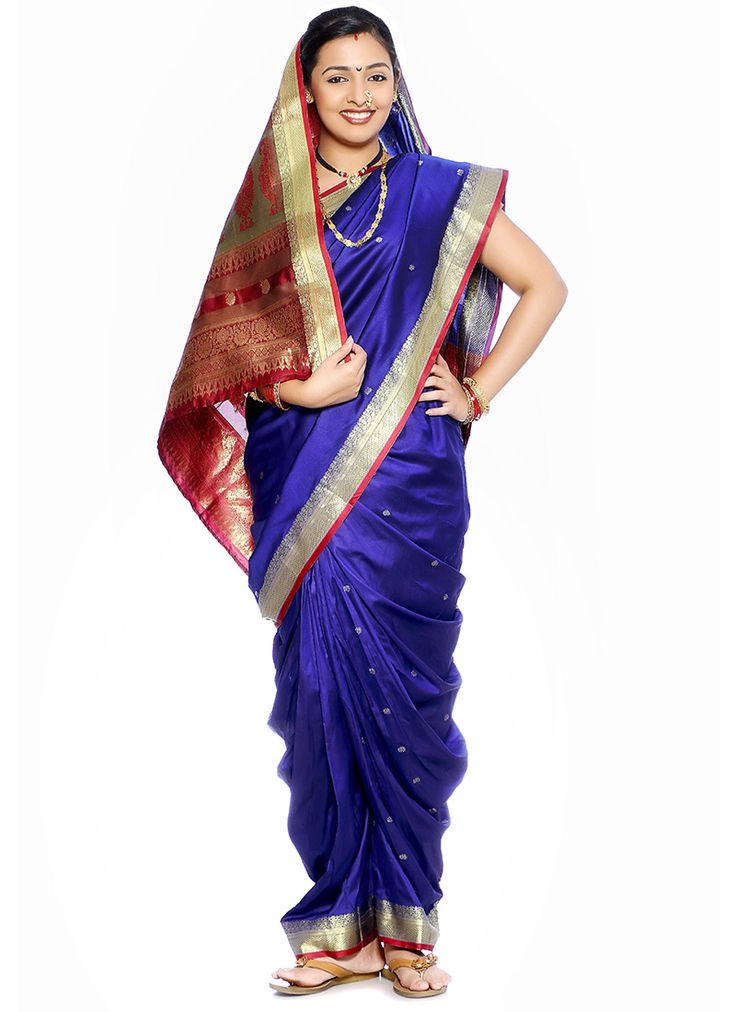 The most ordinary girls from the lower classes had to wear a blue sari.
The most ordinary girls from the lower classes had to wear a blue sari.
Indian beautiful brides - amazing wedding look
Indian wedding traditions extend not only to the preparation for the wedding and the celebration itself, but also to what outfits the newlyweds will be engaged in. In India, the choice of costumes and jewelry has a very symbolic meaning, so the bride must adhere to certain rules in creating a wedding look.
Traditional wedding fashion in India:
- Wedding dress. Sari is the traditional dress for the bride in India. The color of the dress is chosen based on its symbolism: red, green, white or yellow are considered the most favorable. Most often, brides prefer red, as this color promises prosperity and family happiness. Modern saris can be embellished with embroidery, beads and even precious stones, which makes the bride's look luxurious and fashionable. For the bride, they choose the most expensive fabric, because at the wedding it should look incredibly beautiful!
- Wedding decorations.
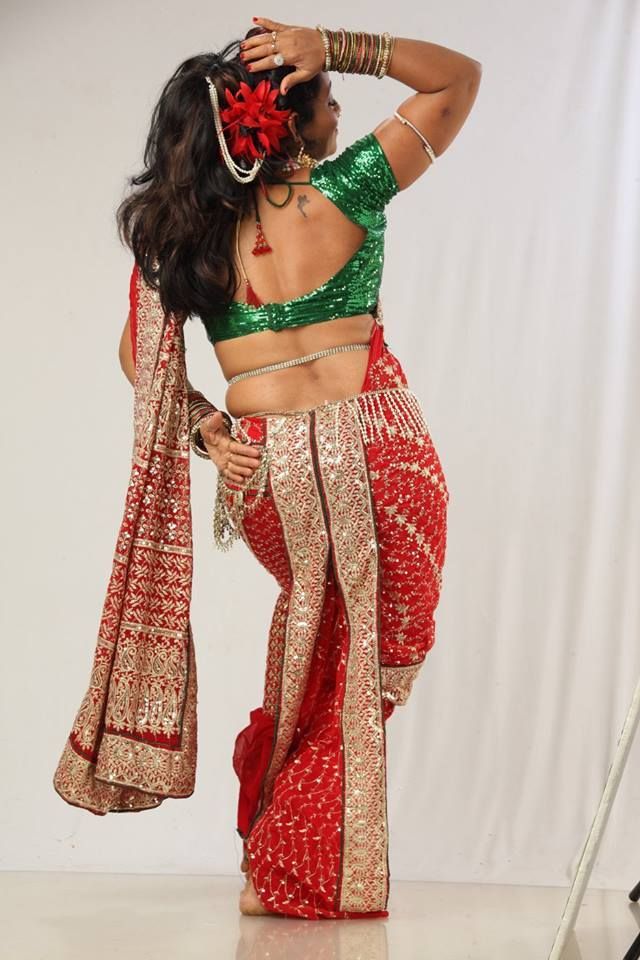 It is difficult to imagine an Indian bride without numerous decorations. It can be all kinds of bracelets, rings, necklaces and large earrings. Accessories are also present in the wedding hairstyle, and very often brides wear small earrings in their noses. The wealthiest families can afford not only costume jewelry, but also gold jewelry, which are present in large quantities in a festive look. Indian beauty brides strive to beautify themselves to the maximum with clothing and accessories to make the best impression on the groom and guests.
It is difficult to imagine an Indian bride without numerous decorations. It can be all kinds of bracelets, rings, necklaces and large earrings. Accessories are also present in the wedding hairstyle, and very often brides wear small earrings in their noses. The wealthiest families can afford not only costume jewelry, but also gold jewelry, which are present in large quantities in a festive look. Indian beauty brides strive to beautify themselves to the maximum with clothing and accessories to make the best impression on the groom and guests. - Wedding makeup. An Indian-style wedding is always a luxurious bright make-up that emphasizes the beauty of the Indian bride. Bright smokey ice, expressive eyebrows and rich lip color - all this is typical for oriental makeup. Brides can use shadows that will match the color of the dress, but the eyes are usually emphasized with black pencil, as it is customary to make the main focus on them. Lips also do not remain in shadow: the most popular shades of lipstick are berry colors, which give the lips freshness and juiciness.
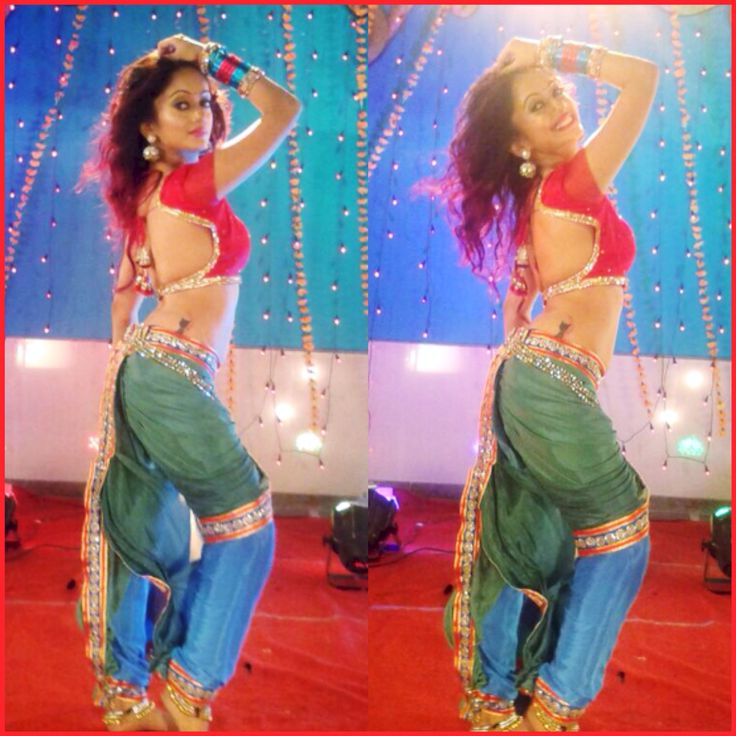
On the site Wedding.ws you got acquainted with some features of the Indian wedding, and also learned about what Indian wedding jewelry and dresses are popular among brides in this amazing country with a rich culture!
- 7960 views
- 19 photos
Jewelry
Every detail in the appearance of an Indian can characterize him, and Indian jewelry is no exception. Some bracelets convey the mood or protect the girl, while others are intended for the gods, they are worn while visiting temples. Each girl for the wedding receives a set of 16 jewelry that symbolizes the lunar cycles - they are worn on the ankles, stomach, head, arms, neck, forearms and even on the nose. Wealthy families could afford precious stones and pearls, while the lower classes were content with wooden and stone jewelry. In addition to body accessories, there are a number of accessories for a full-fledged image of an Indian woman:
- “ajna” was the name given to eye shadow, mascara and eyeliner now sold in jewelry stores;
- “mehendi” is body painting with henna, a well-known folk rite in India for girls before marriage;
- "bindi" - the notorious red dot on the forehead, which, according to Hindu beliefs, opens the third eye - the path to the subconscious;
- "sindur" - a red line on the parting, means that from now on the girl belongs to her husband's family.

India is one of the few countries that still adheres to traditions not only in lifestyle, but also in clothing. And how can you refuse such fabulous dresses with a comfortable cut and bright jewelry. Of course, the modern Indian is increasingly adopting outfits from the cultures of other nationalities, but national characteristics continue to be traced in their clothes.
Indian outfits for future spouses
Traditionally, the bride's attire at a wedding celebration is a burgundy, red or golden Indian wedding dress - a sari, with jewelry and flowers in a braided braided hairstyle. The cut of the eyes is lined with a black kajal eyeliner, from which the look becomes mysterious and attractive. In the center of the forehead between the eyebrows, a red bindi dot is drawn, a sacred sign of marriage. The parting in the Sindur hair is tinted with red vegetable dye and put on a mantik, a special piece of jewelry.
A nath ring is inserted into the wing of the left nostril, symbolizing marriage.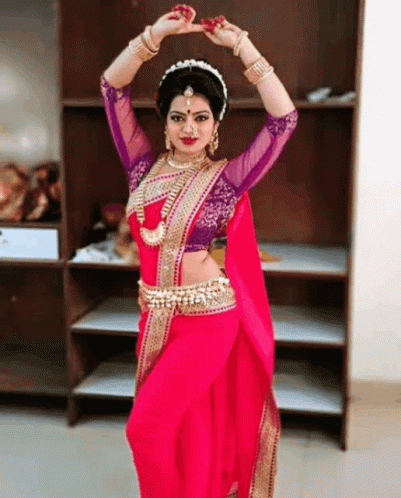 Massive rather heavy wedding jewelry — gold karn phool earrings encrusted with precious multi-colored stones. The khaar wedding jewel necklace has different designs according to local traditions and is inherited in Indian families. Bracelets of different shapes and sizes are worn above the elbow and on the wrist, soldered with bells for the legs.
Massive rather heavy wedding jewelry — gold karn phool earrings encrusted with precious multi-colored stones. The khaar wedding jewel necklace has different designs according to local traditions and is inherited in Indian families. Bracelets of different shapes and sizes are worn above the elbow and on the wrist, soldered with bells for the legs.
The groom's ceremonial robes look no less elegant and beautiful than the bride's dress. He wears an elongated, embroidered elegant Shervani frock coat with tight-matched chiridans. Juti shoes are embroidered with beads, they are usually with upturned toes. The pagdi turban is also of a special cut; it can be decorated with pendants made of flowers and beads.
Lehnga choli - Indian costume for holidays
Not everyone knows, but India has a rich tradition of tailored clothing, and the most striking example of this is the traditional Indian women's Lehnga choli costumes, also called in Russian lehanga, lehenga or simply lenga choli. Lenga choli (also Lehenga, Lekhnga, Hindi लहंगे चोली English Lehenga Choli) is usually solemn (wedding, festive) clothing, costume, from choli and lehenga - a long skirt richly decorated with embroidery, mirrors, braid, embroidered with beads, glass beads, fears, and sometimes gems. However, in western India, lehenga choli is the daily wear of Indian women.
Lenga choli (also Lehenga, Lekhnga, Hindi लहंगे चोली English Lehenga Choli) is usually solemn (wedding, festive) clothing, costume, from choli and lehenga - a long skirt richly decorated with embroidery, mirrors, braid, embroidered with beads, glass beads, fears, and sometimes gems. However, in western India, lehenga choli is the daily wear of Indian women.
As you know, a choli is a short top or blouse with short sleeves, usually to the elbow or shorter, but always covering the shoulders, and a large neckline. And if relatively simple choli is used for the sari, then the choli, complete with lenga, is also richly decorated.
Thanks to its feminine silhouette, the lenga choli is an interesting alternative to the usual European cut evening dresses for girls and women who prefer originality and their own unique style.
Freedom of choice or gender restriction?
Around the same time, the idea arose that the sari is an integral element of the wardrobe of every decent, modest and self-respecting married South Asian woman.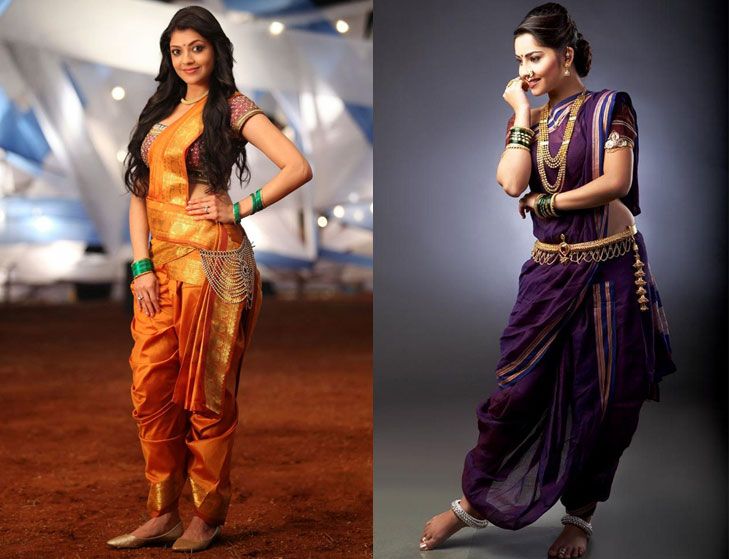 The connection between concepts such as saris and femininity has become obvious and inextricable. For many ladies, the sari has become the main and obligatory piece of clothing for all occasions, whether it is a trip to the market or a solemn event. Of course, for each occasion, a different sari was chosen - minimalistic or more luxurious.
The connection between concepts such as saris and femininity has become obvious and inextricable. For many ladies, the sari has become the main and obligatory piece of clothing for all occasions, whether it is a trip to the market or a solemn event. Of course, for each occasion, a different sari was chosen - minimalistic or more luxurious.
However, it cannot be said that the sari somehow limits the possibilities of women - today many working ladies calmly wear them, successfully combining tradition and modernity. Aiza Hussain, owner of Pakistani brand The Saari Girl, says she is now struggling with the persistent myth that sari-wearing is tied to skin color, religion and marital status. The designer aims to normalize the saree and make the item accessible to everyone.
Photo @thesaarigirl
Application
Lavani performance of Surekha Punekar in a nine yard casta sari.
Traditional use
The traditional nauwari retains its charm even in modern times.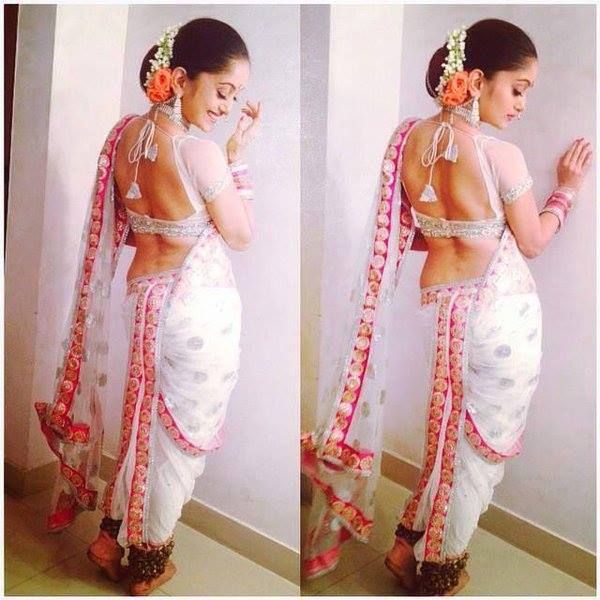 This saree, also known as "Lugada", is now regularly worn by mostly older Maharashtrian women. However, in modern fashion, the trend of wearing nine yards of kasta sari is quickly gaining momentum among young people who want to keep the age-old Marathi tradition alive. Wearing a nine yard sari requires perfect technique, practice and perfection. Most commonly worn in dance competitions is “Lavani” and a Maharashtrian folk dance, the casta sari has undoubtedly made a big comeback in the fashion industry, said Prashant Shalgar, nine yard casta sari seller:0738 Always in demand. Although in the past these sarees were chosen only by older women, now many young girls choose them because of their elegant look. Prashant Kolhe, Managing Director, said: “ My grandmother wore a nine yard sari. It would be great on her. She wore it very well. I think Indian saris are the best fashionable clothes available on the planet. In another dress it is impossible to look elegant, fashionable and comfortable.
This saree, also known as "Lugada", is now regularly worn by mostly older Maharashtrian women. However, in modern fashion, the trend of wearing nine yards of kasta sari is quickly gaining momentum among young people who want to keep the age-old Marathi tradition alive. Wearing a nine yard sari requires perfect technique, practice and perfection. Most commonly worn in dance competitions is “Lavani” and a Maharashtrian folk dance, the casta sari has undoubtedly made a big comeback in the fashion industry, said Prashant Shalgar, nine yard casta sari seller:0738 Always in demand. Although in the past these sarees were chosen only by older women, now many young girls choose them because of their elegant look. Prashant Kolhe, Managing Director, said: “ My grandmother wore a nine yard sari. It would be great on her. She wore it very well. I think Indian saris are the best fashionable clothes available on the planet. In another dress it is impossible to look elegant, fashionable and comfortable. dabbawalas women in Mumbai are dressed in nauwari saris.
dabbawalas women in Mumbai are dressed in nauwari saris.
Modern use
Maharastran fisherwoman in casta sari.
To make wearing easier and more comfortable, the market has everything you need to sell the Kasta saree saree for those who like to drape it. Sandhya Kenjale, another Kasta sari salesman, says: I started making nine-yard saris because I never knew how to drape them properly. For draping a nine yard sari, you should have some guidance as this is the technique of wearing it. There are many cases where women choose to wear nine yard saris, but the downside is that they don't know the technique. A nine-yard ready-to-wear sari is the perfect solution to these problems. Just wear it like a Salwar, sling the palla over your shoulder and you'll be dressed in a few minutes. In addition, teenage girls wear it to meetings at school or college. Many brides are now resorting to these ready made nine yard saris. Since there are a wide variety of them on the market, buyers have a wide choice.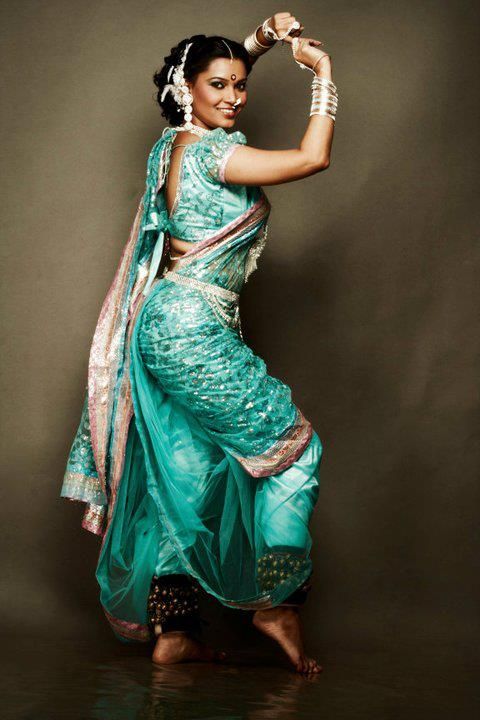 Available in Bangalore silk, Belgaum silk, pure silk, Orissa silk, nine yard sarees at a reasonable price. “Prashant Shalgar added” Marathi films are responsible for the preservation of traditional dress. To make things easier, these sarees are now stitched and sold in the market. “. Stylist Pradnya Bhalkar stated: “ You can wear stitched nauwari like salwar. It's as easy as wearing your favorite pair of jeans. Plus, you don't have to worry about the drapery falling off. .” Shobha Dee revealed on her blog that Mukesh Ambani suggested that Mumbai Indian cheerleaders could wear the traditional nine-yard casta sari and perform dance routines for local lavani.
Available in Bangalore silk, Belgaum silk, pure silk, Orissa silk, nine yard sarees at a reasonable price. “Prashant Shalgar added” Marathi films are responsible for the preservation of traditional dress. To make things easier, these sarees are now stitched and sold in the market. “. Stylist Pradnya Bhalkar stated: “ You can wear stitched nauwari like salwar. It's as easy as wearing your favorite pair of jeans. Plus, you don't have to worry about the drapery falling off. .” Shobha Dee revealed on her blog that Mukesh Ambani suggested that Mumbai Indian cheerleaders could wear the traditional nine-yard casta sari and perform dance routines for local lavani.
Declining use
On the contrary, some believe that the Kasta sari is now out of fashion. This is considered too revealing. It is rarely seen in cities. This type of saree is regularly ridiculed in films, portrayed as a kind of "sexy" garment meant to be tickled. In fact, the sari caste represents the freedom of women.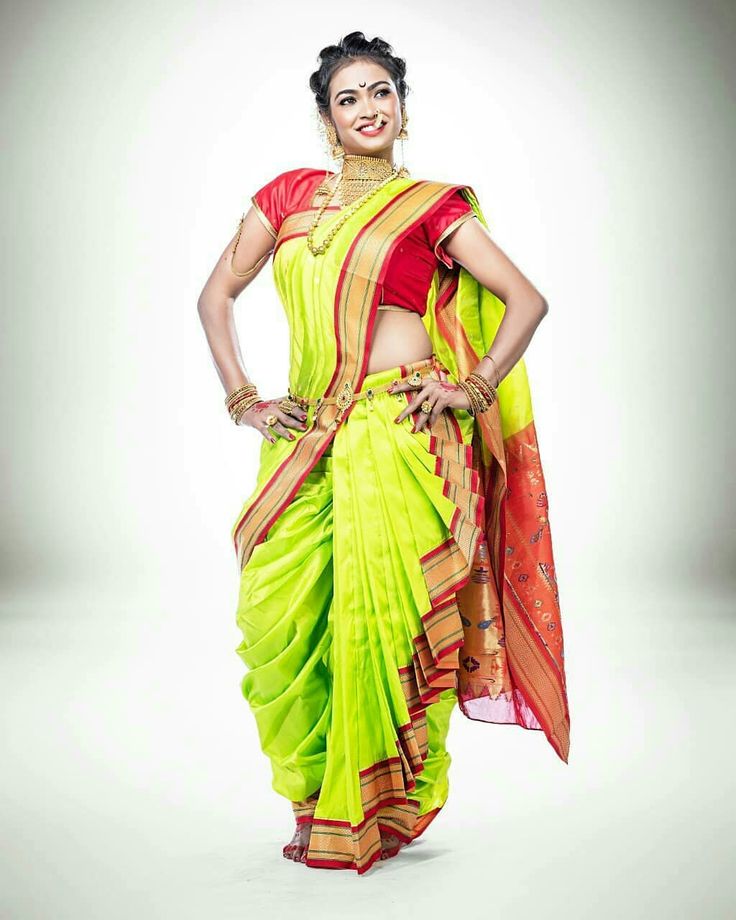
 5 full folds. For convenience, you can fasten the folds with clothespins.
5 full folds. For convenience, you can fasten the folds with clothespins. 

